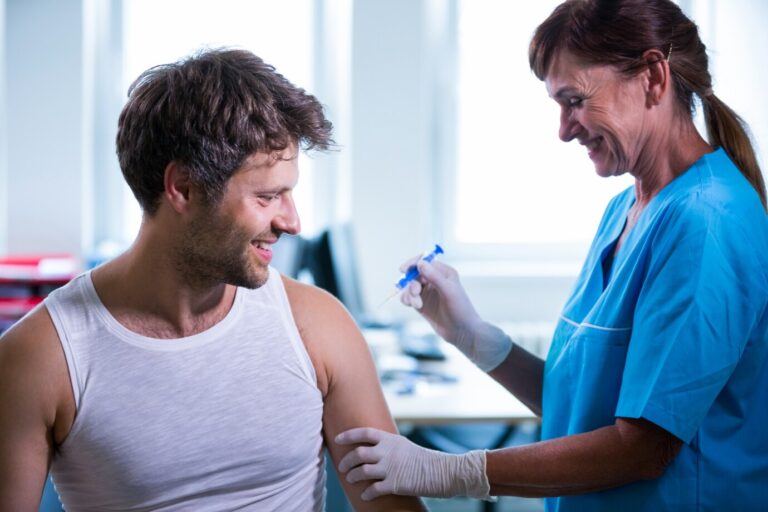For athletes, whether amateur or professional, maintaining peak performance often comes with its fair share of physical challenges. Training hard, competing vigorously, and pushing limits can sometimes lead to strain, injuries, or prolonged recovery periods. Amid the growing search for non-invasive approaches to support the body’s natural healing, an innovative therapy has gained attention in the sports and fitness communities—Platelet-Rich Plasma (PRP) therapy.
How prp Fits Into an Athlete’s Recovery Toolbox
Athletes work hard to maintain physical health, agility, and stamina. When injuries or strains occur, it’s key to adopt recovery strategies that align with the body’s rhythm while maintaining overall wellness. prp has become a consideration for athletes who prioritize minimally invasive methods that complement traditional practices, such as physical therapy.
Rather than replacing tried-and-true methods like rest, targeted exercises, and proper nutrition, PRP acts as an enhancement. By introducing platelets to areas of need, many athletes feel they are taking a proactive approach to their recovery regimen. From managing strain caused by repetitive activity to addressing wear in key muscle or joint areas, PRP is thought of as a natural adjunct for those who prefer integrative recovery plans.
What are the Reasons Athletes Are Exploring PRP Therapy?
While every athlete’s recovery path is unique, there are several reasons more sports enthusiasts are looking into PRP therapy as part of a broader strategy for maintaining performance and addressing discomfort. Though it’s key to note that individual results will vary, here are some common factors driving its use in athletic circles:
- Personalized Approach: Because prp is created from one’s blood, it offers a personalized avenue for recovery. Athletes often find reassurance in treatments that utilize and complement the body’s natural compositions.
- Support for Active Lifestyles: Athletes are always moving. From runners and jumpers to swimmers and cyclists, different sports lead to unique demands on the body. May provide targeted support to areas feeling the strain of constant motion.
- Desire for Low-Impact Interventions: For individuals who want to minimize reliance on more invasive options, it is considered a low-impact approach that fits well with their preference for holistic care.
Incorporating PRP Alongside Other Recovery Tools
A balanced recovery routine is key for any athlete looking to stay in their sport and perform at their potential. PRP therapy doesn’t need to stand alone but rather complements traditional recovery tools like stretching, ice baths, massage therapy, foam rolling, and strength training. With the guidance of professionals, many individuals determine where PRP could enhance their existing recovery plans.
It is also key to have realistic expectations and understand that PRP therapy is a resource that supports the body, not a magic bullet. Fitness and sports communities increasingly value the opportunity to explore multiple options for staying active while keeping physical challenges in check.
Building Connection and Knowledge
The rise of PRP in the world of sports reflects a broader trend toward wellness-minded solutions that align with preventative health and recovery. Athletes who explore PRP are joining a community, collaborating with professionals, and leveraging innovative approaches to support vitality. Consult with a specialist today to learn how PRP can support your recovery and long-term health.

